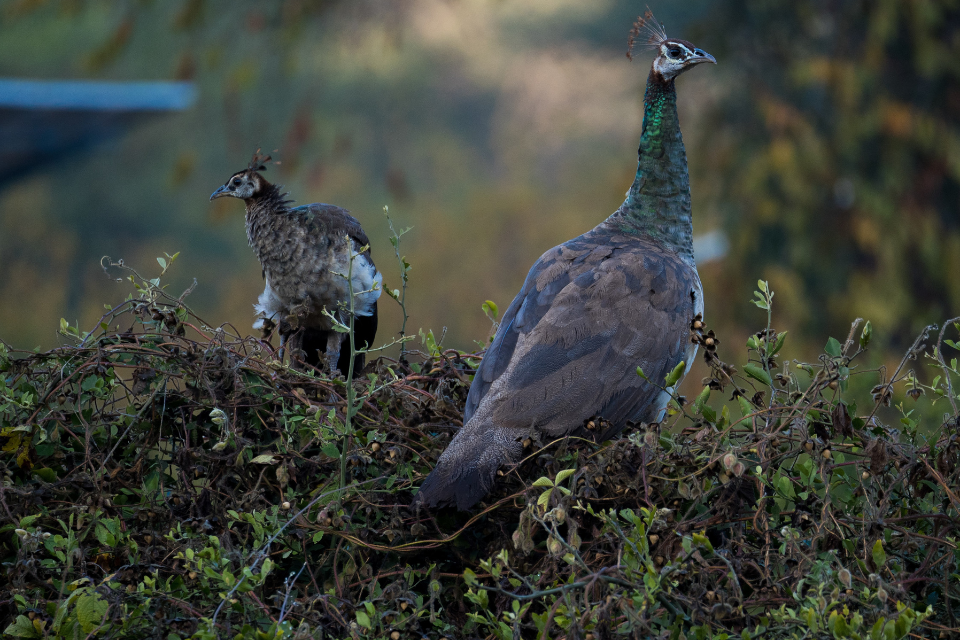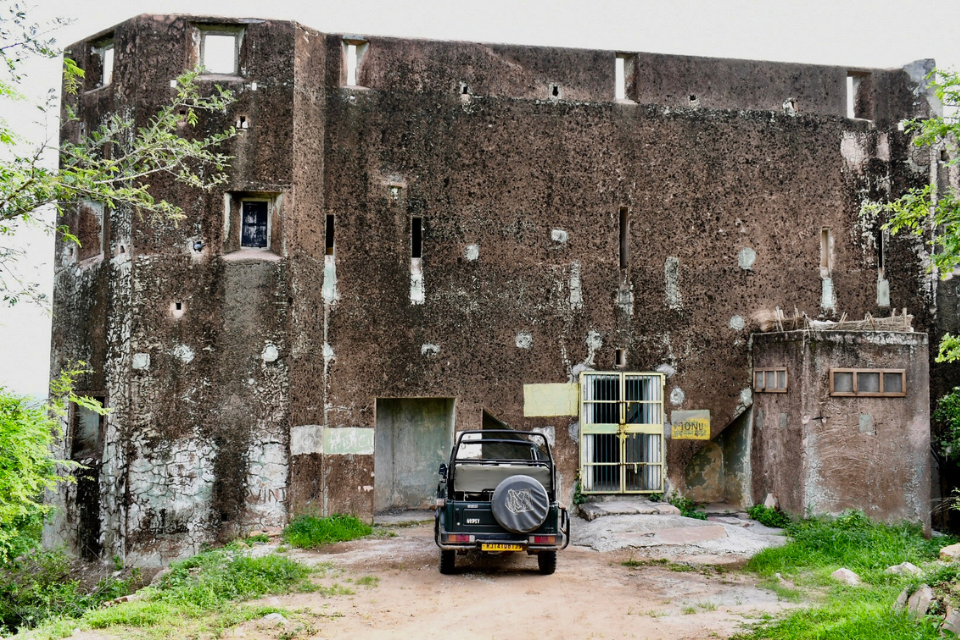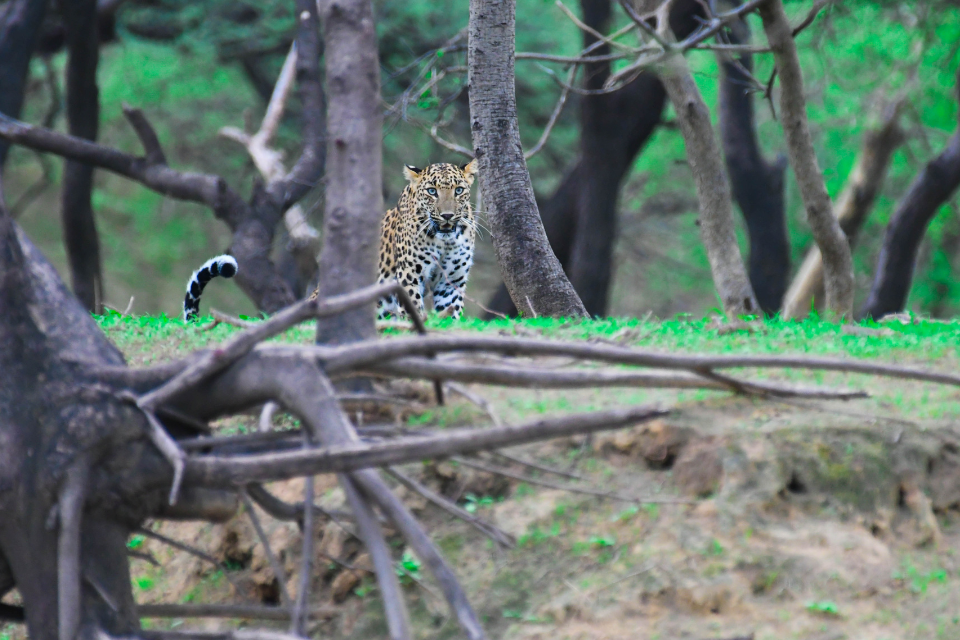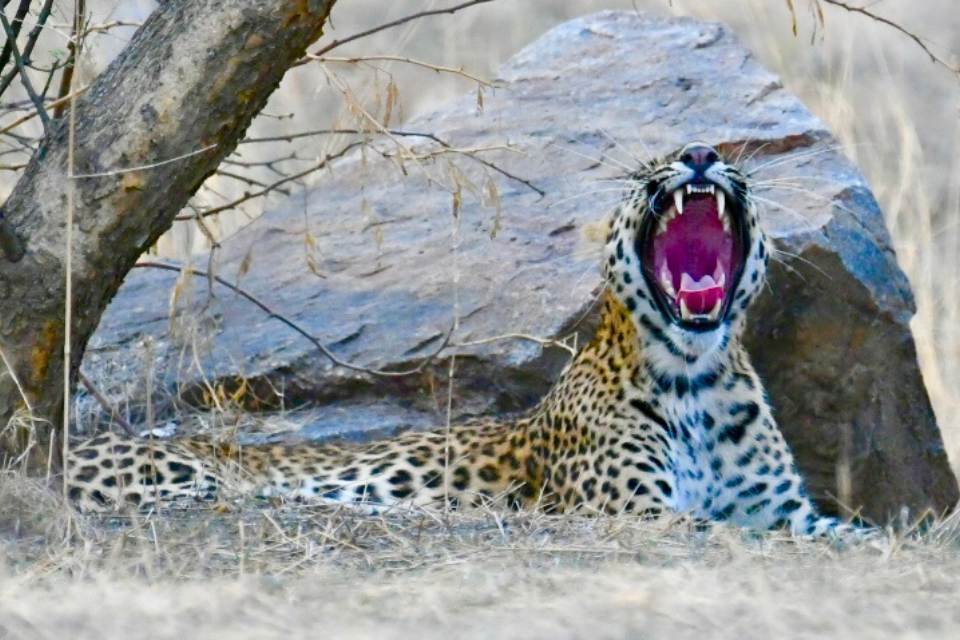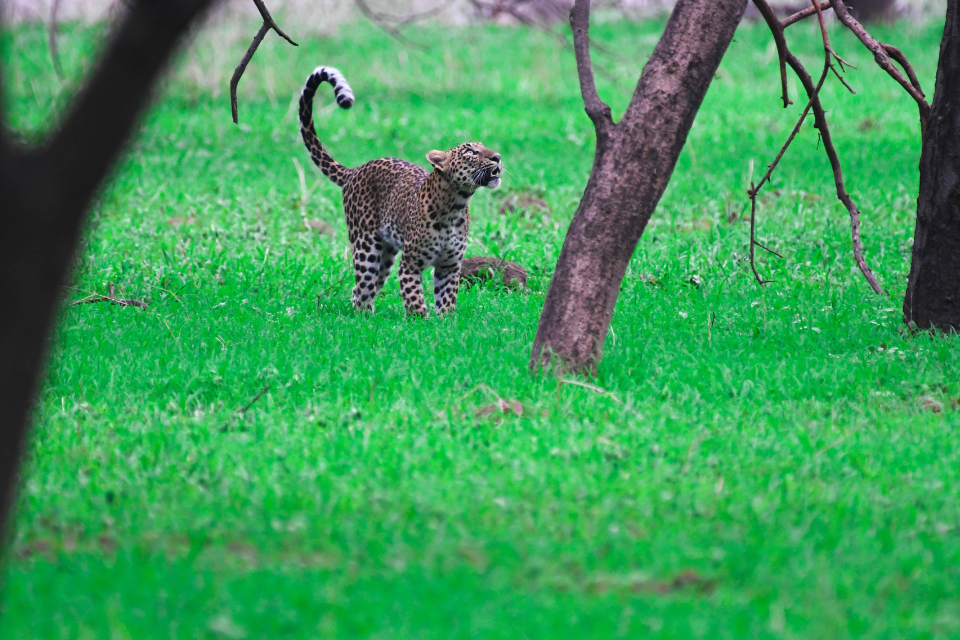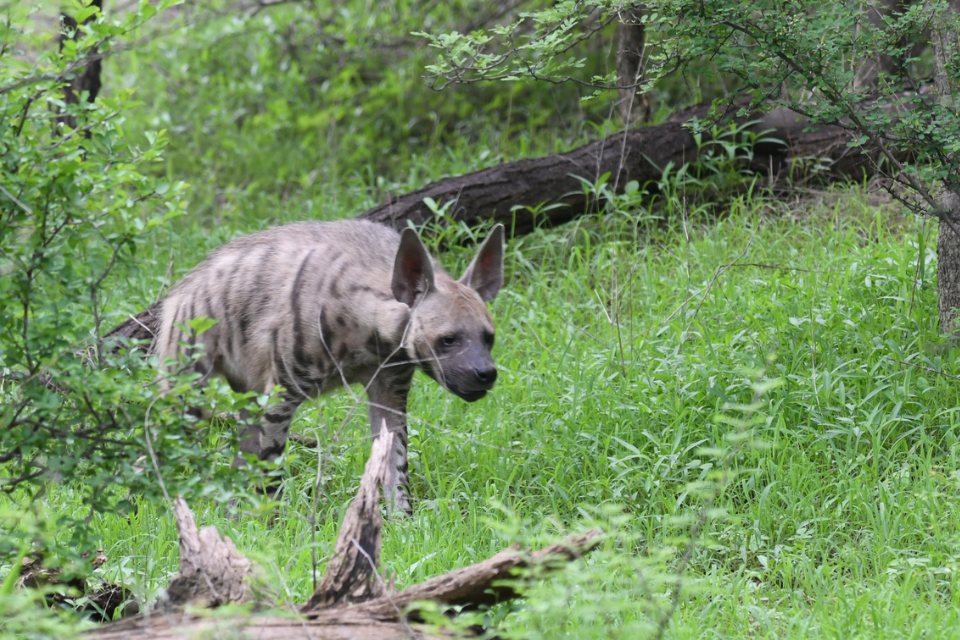- June 21, 2025
Beed Papad Safari Accessibility: A Visitor’s Guide for Seniors & Differently Abled Explorers
Introduction
Wildlife experiences shouldn’t just be for the young and agile. At Beed Papad Leopard Safari, accessibility isn’t an afterthought—it’s integrated thoughtfully into the design, ensuring seniors, people with disabilities, and those with limited mobility can experience the thrill of urban wildlife without discomfort or exclusion. This blog is a complete walkthrough of how Beed Papad welcomes all visitors, regardless of age or physical ability.
From vehicle access to accessible walking paths, rest zones, and support services, here’s everything you need to know before planning your visit.
- Designing with Inclusion in Mind
- Accessibility from Entry to Exit
The entrance plaza is wheelchair-friendly, featuring sloped ramps, non-slip tiling, and low ticket counters. Staff are trained to assist people with mobility or vision limitations right from the parking area to the safari gate.
- Reserved Parking Near Entry
Visitors with disability certificates or senior IDs are allowed reserved parking spaces just 50–70 meters from the main gate, minimizing walking. If needed, a forest guide can escort guests to the safari vehicle loading point.
2. Safari Vehicles Tailored for All
- Modified Jeeps for Easy Entry
Beed Papad’s safari fleet includes several modified jeeps with one low step and side-handle support. These are perfect for:
- Elderly visitors with joint pain or limited mobility
- People using walkers or folding canes
- Visitors with knee/hip issues who can’t climb regular vehicle ladders
- Wheelchair Accessible Seating (On Request)
Two of the larger safari vehicles are wheelchair-adaptable, with space for a standard wheelchair and a secure harness system. These need advance booking (48 hours prior) via the safari office or official website.
- Extra Time for Boarding
Guides are instructed to give extra boarding time to differently abled or elderly guests, and seating preferences (like front row for visibility) are prioritized.
3. Paths & Platforms: Walking Optional, Viewing Easy
- Flat, Stable Trails
Around the entrance area, there’s a flat walking trail of about 200–300 meters designed for low-mobility visitors. It’s wheelchair-friendly, and benches are provided every 100 meters.
- Elevated Viewing Platforms with Ramp Access
Want to skip the full vehicle safari but still see the landscape? There are three viewing decks, and one of them is fully ramp-equipped. Visitors can access it via a smooth path, enjoy the scenery, and still experience wildlife sounds and vibes.
- No Forced Walking Zones
There are zero mandatory walking requirements to enjoy the full safari—everything can be experienced from within vehicles or via accessible viewing points.
4. Facilities that Support Comfortable Visits
- Rest Zones Every 15 Minutes
Shaded gazebos and shelters with benches are placed throughout the entrance and safari waiting zone, so seniors can rest anytime. These shelters often have water coolers and fans during summer.
- Accessible Toilets
The restroom blocks are equipped with:
- Grab bars
- Wide doorways
- Lowered washbasins
- Slip-resistant floors
Plus, the staff ensures cleaning and hygiene checks every 2 hours—important for seniors or medically sensitive visitors.
- Medical Emergency Support
A small medical unit and trained staff are always on standby. There’s also a partnership with a local hospital in Jaipur (30-minute response time), just in case urgent care is needed.
5. Visitor Support & Assistance
- Trained Volunteers
Weekends and peak days see local NGO volunteers available near the ticket counters and waiting zones. They assist elderly visitors, those with hearing impairments, and others needing guidance or reading help.
- Language Support
Guides are available in Hindi, English, and even Marwari, making it easier for senior visitors from nearby villages or towns to understand instructions and stories.
- Pre-Arrival Assistance
Visitors can call the safari office in advance to:
- Request an accessible vehicle
- Ask for a staff escort
- Clarify medical concerns (e.g., pacemakers, oxygen cylinders, medication during safari)
6. Tips for Senior Visitors
- Go in the morning slot (6:30–8:30 AM): cooler temperatures, fewer crowds.
- Carry a scarf or light shawl: Useful in both winter and summer for comfort.
- Bring your own water in reusable bottles: Avoid dehydration—seniors often forget to sip.
- Avoid caffeine before the trip: Prevents urgency mid-safari (no restroom breaks inside).
- Use a neck pillow or lumbar support if you have back issues—jeeps can get bumpy.
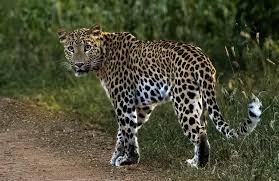
7. For Visitors with Vision or Hearing Challenges
- Audio Descriptions from Guides
Guides are trained to describe what’s happening visually to people with partial or complete blindness. They also let them touch tree bark, stones, and even dried leaves to create sensory experiences.
- Captioned Signboards
Most informational signs are printed in large fonts, high contrast, and visual icons—perfect for low-vision readers.
- Group Guidance for Hearing-Impaired Visitors
Guides use hand gestures, and safari assistants are briefed in basic Indian Sign Language. Visitors can request custom group bookings for specialized care.
8. Accessibility Booking Process
Here’s how you can book an accessible safari:
- Visit the official portal (or forest office).
- Choose the slot and click on “Accessibility Assistance.”
- Upload:
- Disability certificate (if applicable)
- Age proof (for senior citizen access)
- Choose preferred vehicle type.
- Add special requests (e.g., ramp, seating aid).
- Call the helpline 24 hours before your slot to confirm all arrangements.
Tip: Book on weekdays for fewer crowds and better service availability.
9. Suggestions for Improvement (Future Plans)
- Braille Maps at entrance (proposed).
- Tactile models of leopards, birds, or topography for visually impaired guests.
- Audio devices with headphones for self-guided silent tours.
- Electric carts for more eco-friendly and accessible internal travel.
Conclusion
Beed Papad Leopard Safari is proving that wildlife tourism can be inclusive, accessible, and comfortable—without sacrificing authenticity. Whether you’re a senior rediscovering your love for nature, a differently abled explorer breaking limits, or a caregiver planning a joyful outing for your loved one—this safari invites everyone with open arms.
Nature belongs to all of us, and Beed Papad is setting a new standard for how responsible eco-tourism and accessibility can go hand-in-hand.
FAQs – Accessibility at Beed Papad Safari
Q1: Is the entire safari route wheelchair accessible?
Not the full safari route, but one specialized vehicle and a viewing deck are fully wheelchair-accessible.
Q2: Do I need to bring my own wheelchair?
A limited number of wheelchairs are available on-site, but you’re encouraged to bring your own for comfort.
Q3: Is oxygen support allowed in safari vehicles?
Yes, small portable cylinders are allowed. Please inform the office 24 hours in advance.
Q4: Are the safari jeeps bumpy for seniors with back pain?
Some roads are uneven. Using a lumbar support cushion or booking a low-impact vehicle is advised.
Q5: Can a caregiver accompany for free?
Yes, in most cases, a caregiver for a person with 40%+ certified disability is allowed at a concessional or free rate.
Disclaimer All images used in this blog are either sourced from public domain or credited to their respective owners. If you are the copyright holder of any image and wish to request its removal or proper attribution, please contact us at [email protected]






